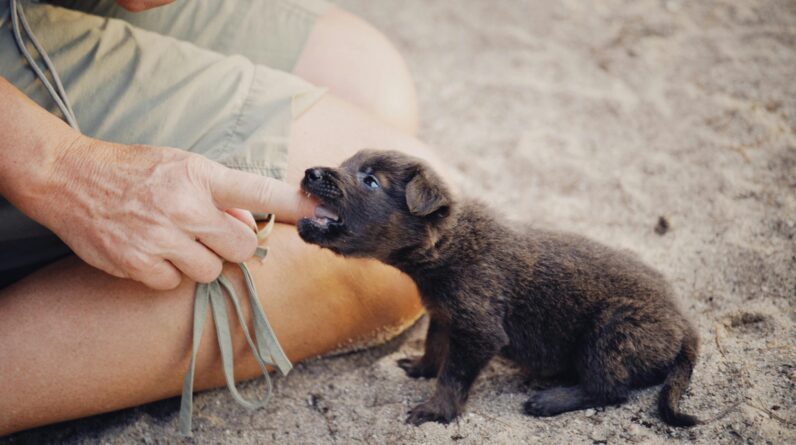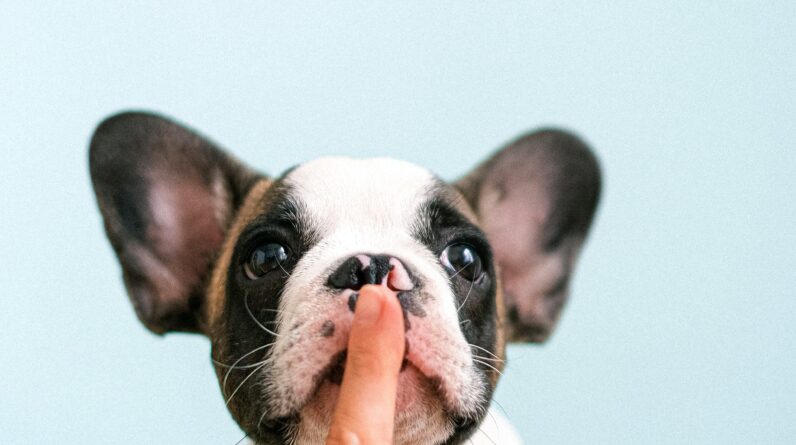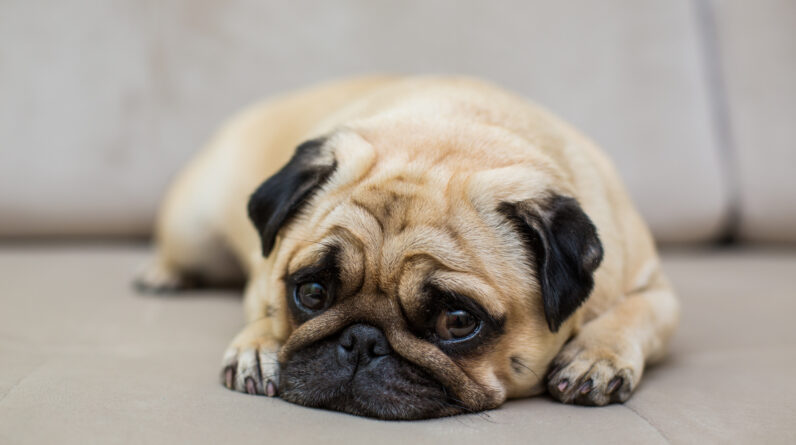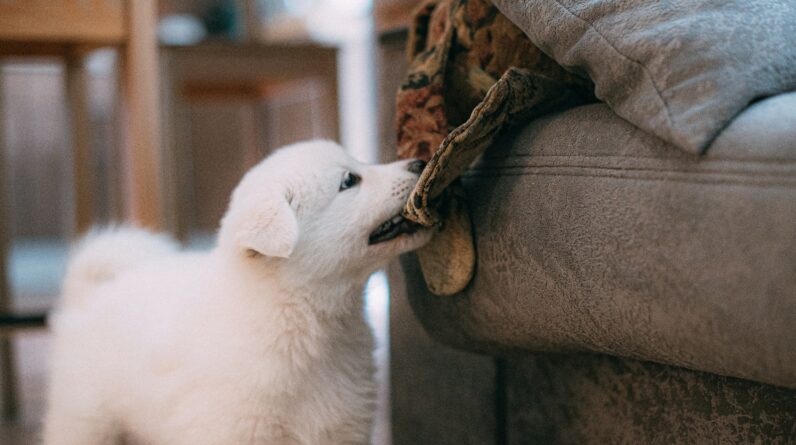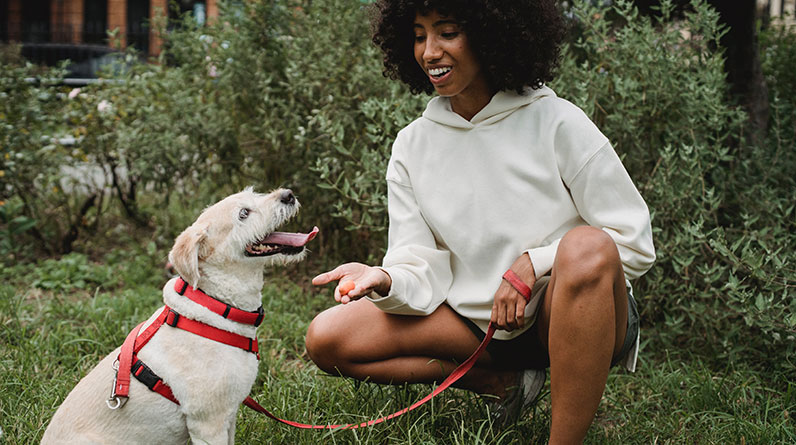
Common Mistakes to Avoid When Potty Training
To ensure a successful potty training process for your puppy, it’s essential to avoid some common mistakes made by pet owners.
One frequent error is not cleaning up accidents promptly, leaving residual poop or urine on the pee pad, which can soil the area.
1. Punishing Accidents
It’s common for dogs to have accidents when being house-trained, but it’s important not to give up on the process. Accidents provide an opportunity for teaching your puppy the correct behavior and encouraging them to learn.
To prevent accidents, it’s important to anticipate when your puppy needs to go outside. Look for signs such as scratching at the door, circling, or restlessness, and take them outside to their designated potty spot. Be sure to reward them with treats or playtime when they do their business outside.
Once you’ve established a routine for potty breaks, you can gradually give your puppy more freedom. However, it’s important to supervise them at all times and never leave them alone.
Punishing your puppy for accidents is not effective and can actually hinder their progress. Instead, simply clean up the soiled area and redirect your puppy to their potty spot. Use an enzymatic cleaner to disinfect the area and avoid cleaners that contain ammonia or bleach, which can attract your puppy back to the same spot.
Remember that mistakes are a normal part of the learning process and that positive reinforcement is the most effective way to train your puppy. With patience and consistency, your puppy will learn to eliminate in the appropriate place.
2. Letting Puppies Free Range
Your puppy needs to be able to explore their environment and has free range when potty training. This will help them develop a connection with their potty area and eliminate outside of the house.
This can also teach your dog that it’s okay to eliminate anywhere, not just on a puppy pee pad or Pee Pee Panel. You should set up a designated elimination zone with a pad or grass patch that’s easy for your dog to access, but keep it clean so they don’t feel tempted to eliminate there.
Once your puppy is comfortable using their potty area, let them go out and explore for a few minutes every one or two hours. During this time, pay attention to their elimination cues and bring them out to their designated potty spot when they’re ready.
You might hear a dog circling, squatting, or sniffing around when they need to go. It’s important to get them outside to their potty spot as soon as you see these signs.
After your puppy goes to their potty place, take them back inside and praise them for their work. This will reinforce the idea that going to their potty place is a positive thing and can make them feel more confident about going in the future.
A good way to do this is to give your puppy a treat immediately after they have eliminated. It will speed up the process and your pup will start to associate the activity with a reward.
It’s a good idea to keep track of the times that your puppy has gone to their potty so you can make sure they’re taking care of business at the right times. This will ensure that your dog has consistent patterns of elimination and will speed up the potty training process.
A common mistake that dog owners make is giving their puppies too much freedom. This can be a huge mistake as it can lead to accidents and potty regressions. When dogs are allowed too much freedom, they tend to be more playful and less likely to listen to your commands.
3. Not Supervising Puppies
If your puppy hasn’t completed their vaccine series, it may be more independent and not enjoy confinement. To prevent accidents while training them to go outside, it’s important to closely supervise them if they have freedom of movement during the day.
Supervising your puppy helps them feel secure and reinforces good behavior. To make potty time a special time, create a “Potty Schedule” to track when they need to go outside. This helps them learn when they should be in the designated potty area and when they can play or explore.
If you decide to crate your puppy, make sure to let them out at regular intervals for a bathroom break, using a timer or watch alarm to remind them. This helps prevent accidents in the house and the spread of disease. Start this routine when your puppy is around four months old, or earlier with the use of alarms.
As soon as they’re finished, go outside and reward them with a treat. You can even throw a treat into the grass outside their outdoor potty area, so they know it’s time for them to go!
Remember to thoroughly clean up any soiled areas after your puppy eliminates, as this can make them want to return to those spots in the future. You can’t just wash the stains out with a soap-and-water solution; you need something stronger that will completely remove any urine scent from the area.
4. Be Consistent
Another common mistake when potty training a puppy is not being consistent with the training process. This can include not taking them out at regular intervals or not reinforcing good behavior with positive reinforcement consistently. Inconsistency can confuse the puppy and make it harder for them to understand what is expected of them.

